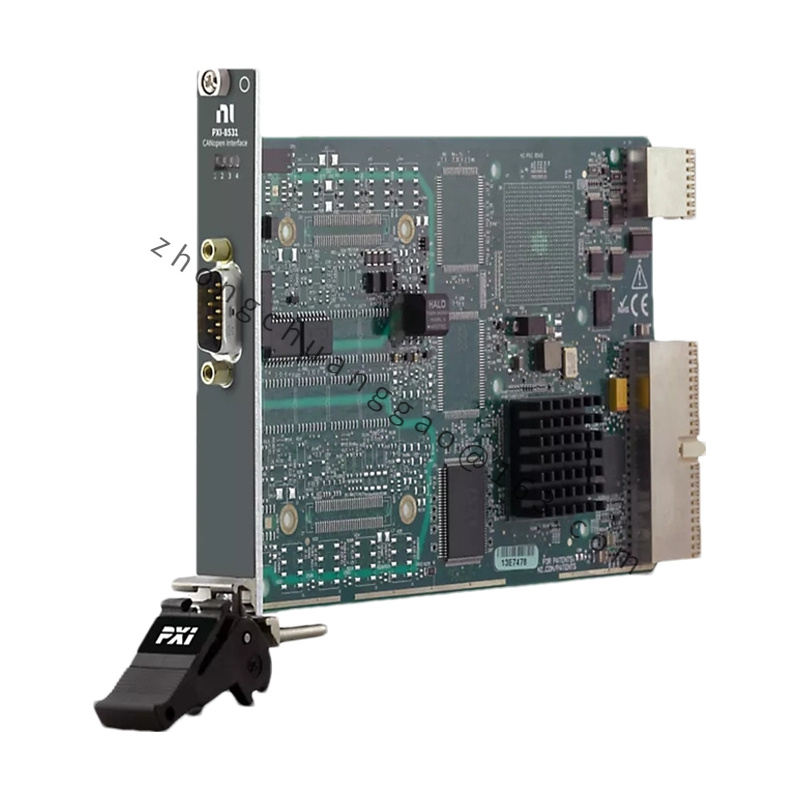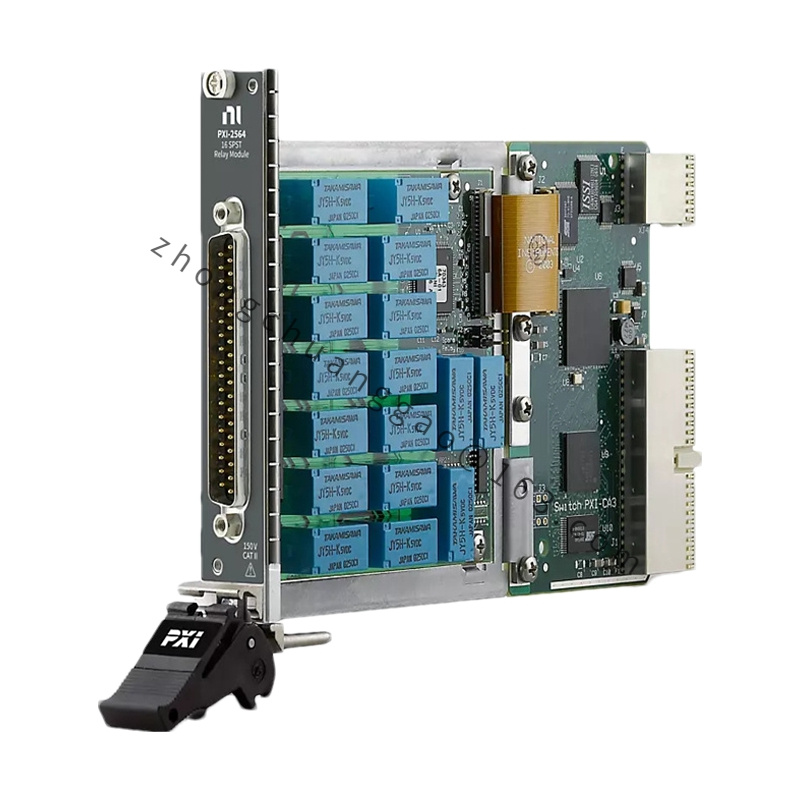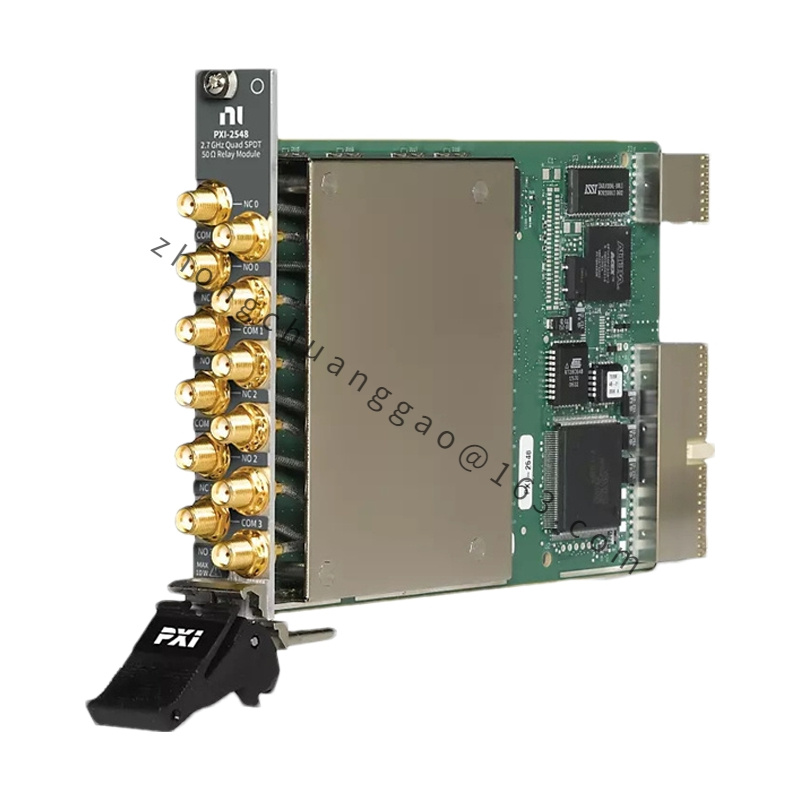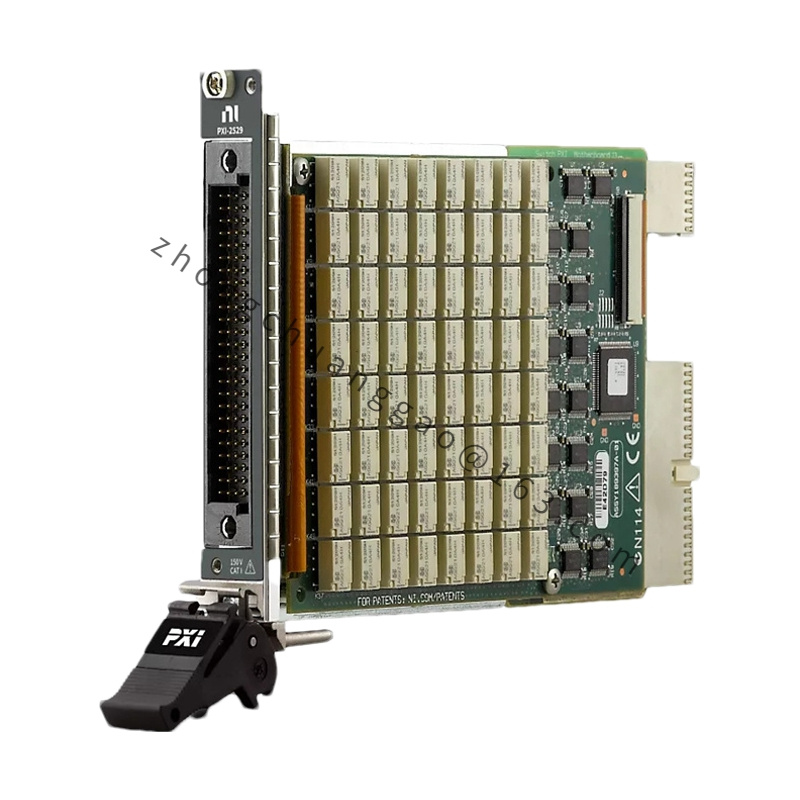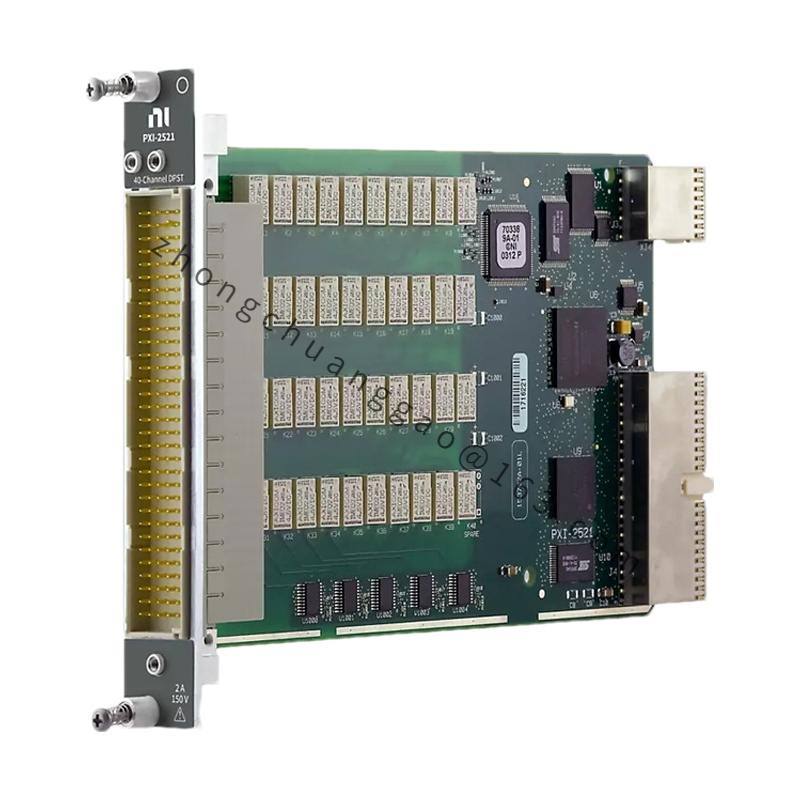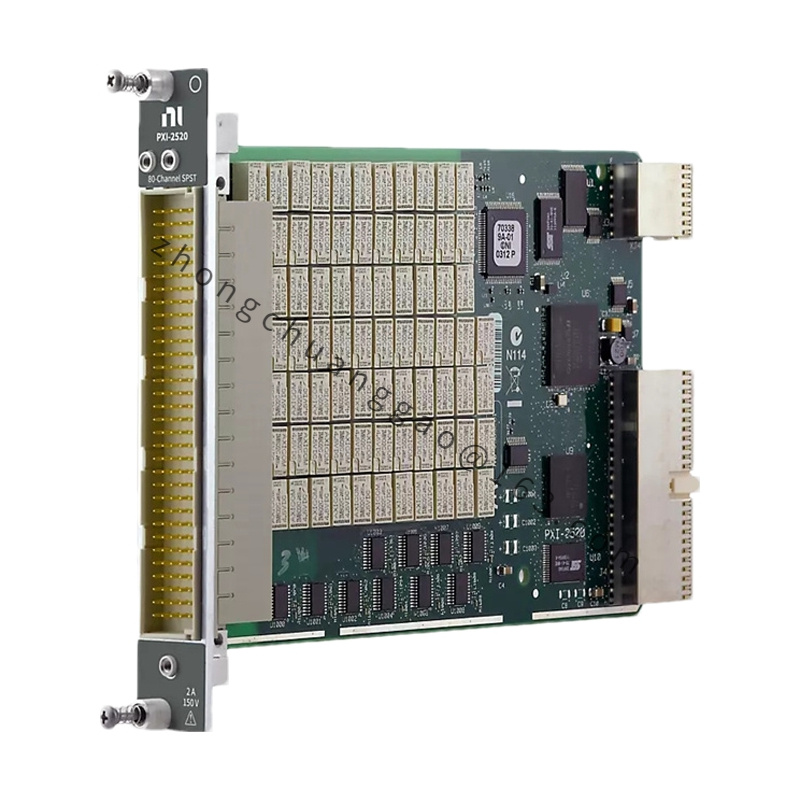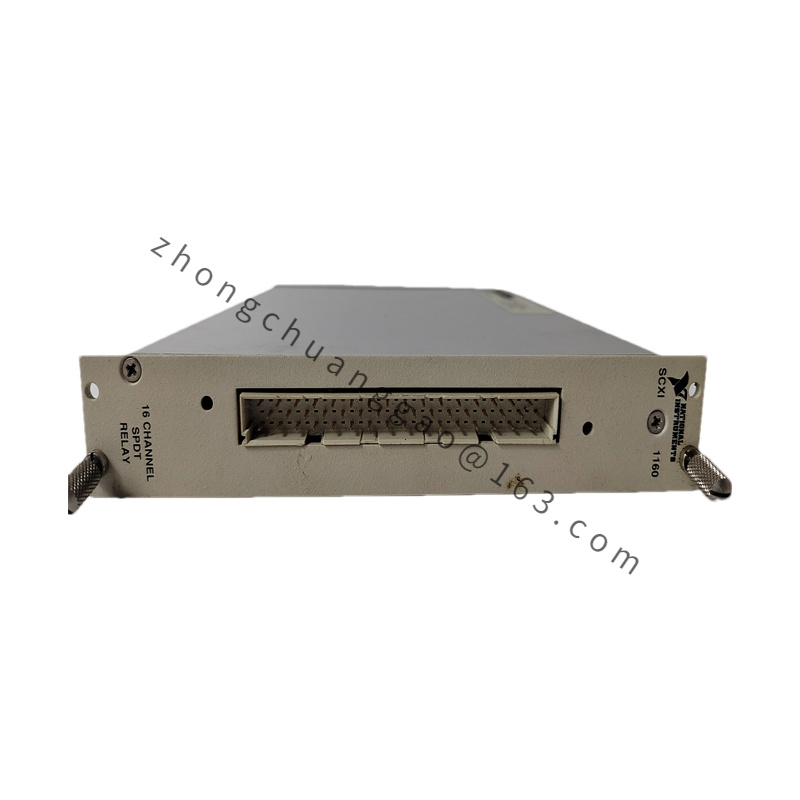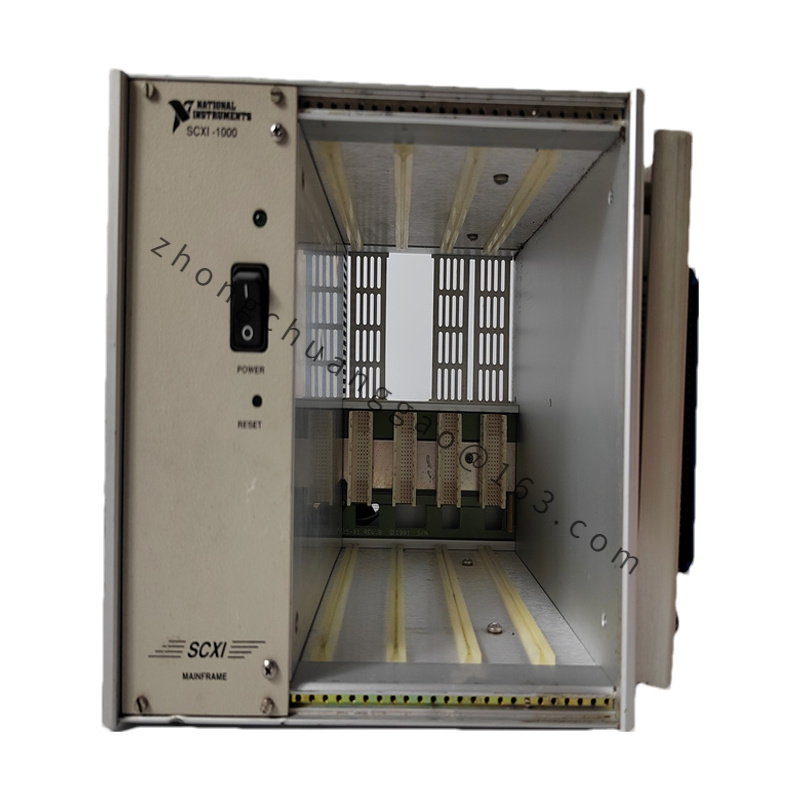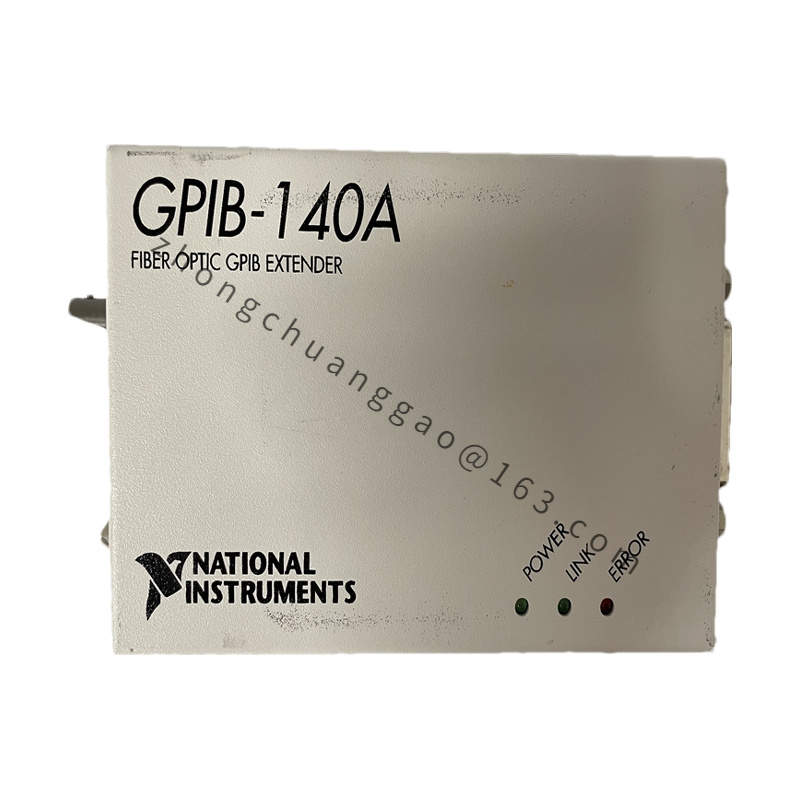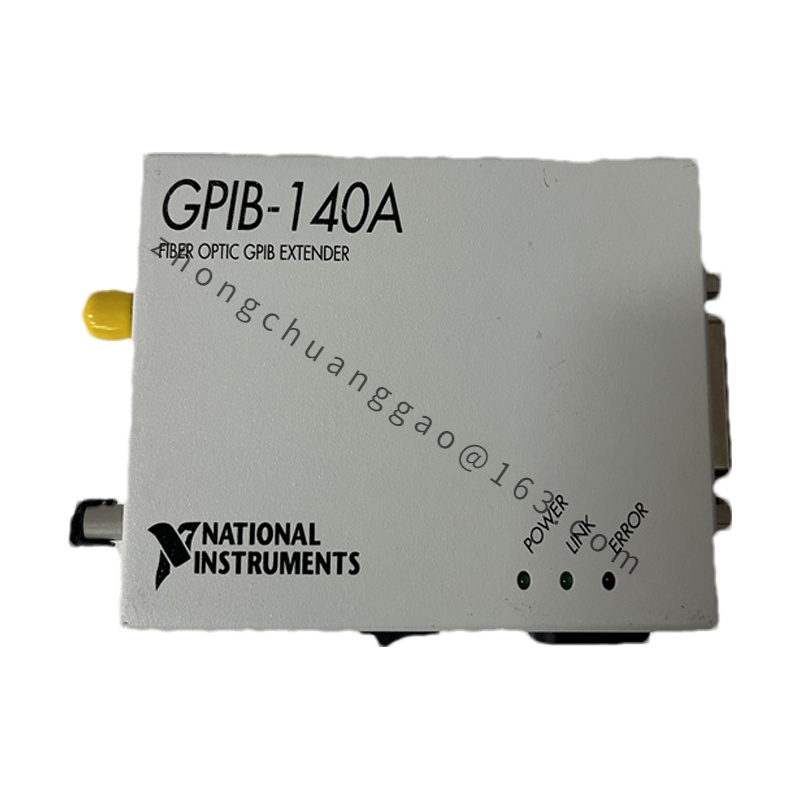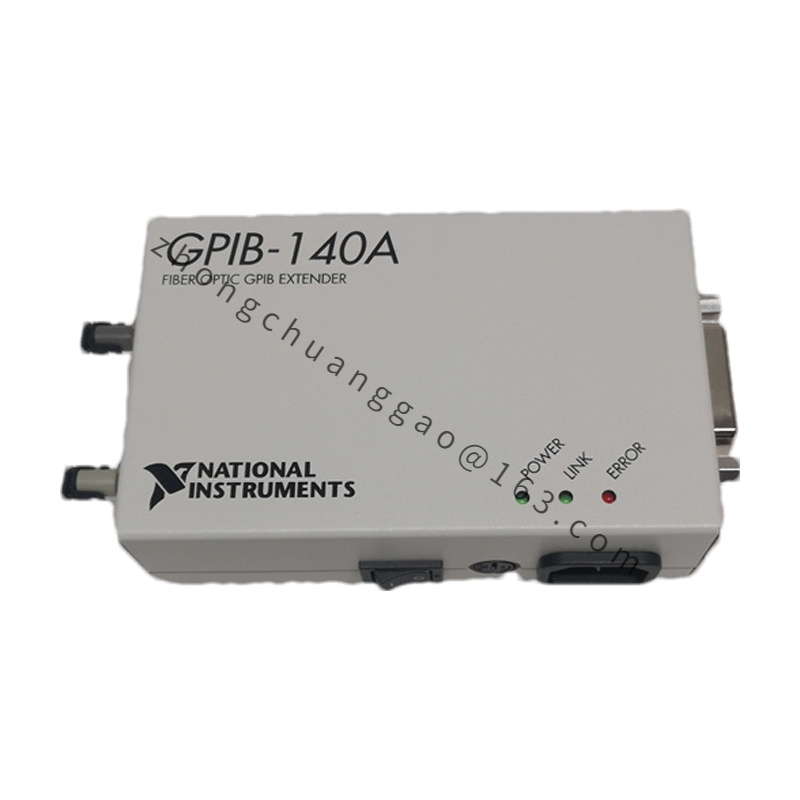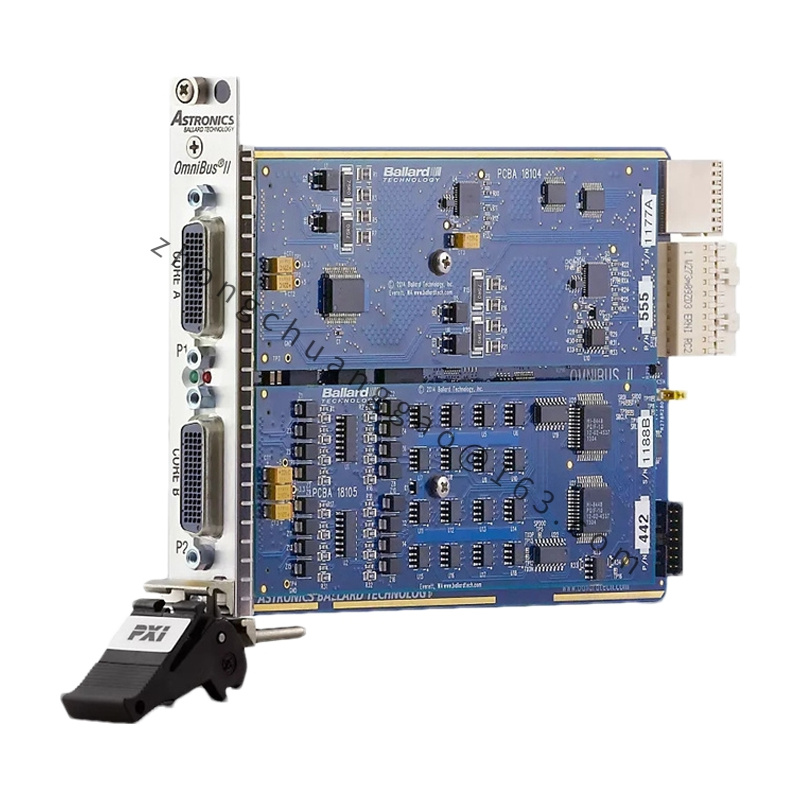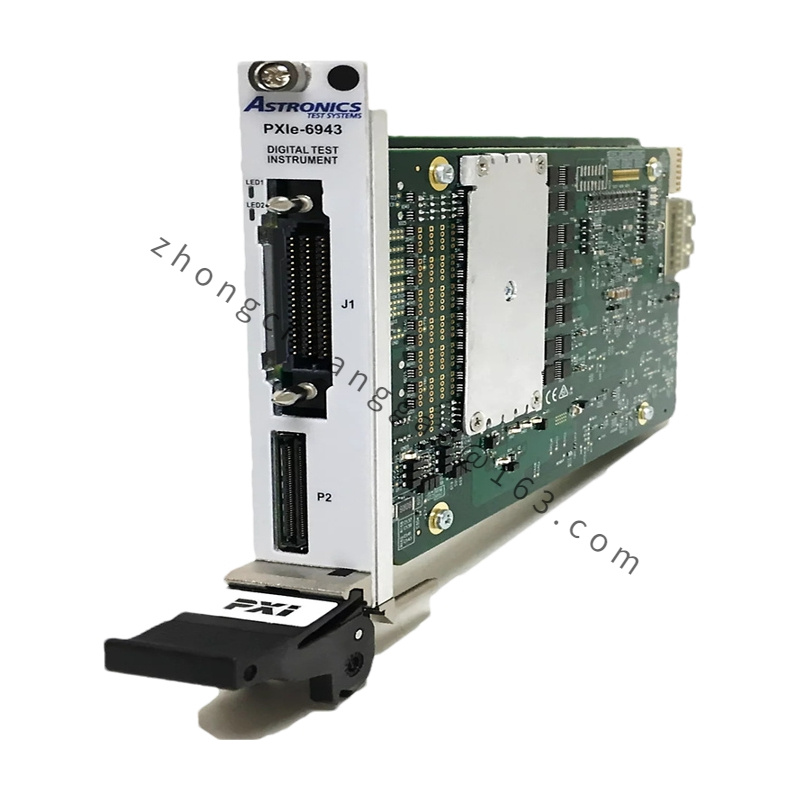Detailed content
Technical Specifications:
- Communication Protocols:
- CAN (Controller Area Network): Supports CAN 2.0A/B and CAN FD (Flexible Data-rate)
- FlexRay: Supports FlexRay protocol for high-speed communication
- Number of Channels:
- CAN Channels: 2
- FlexRay Channels: 1
- Data Rates:
- CAN: Up to 8 Mbps (megabits per second) for CAN FD
- FlexRay: Up to 10 Mbps
- Connectors:
- Type: Typically equipped with standard automotive or industrial connectors suitable for CAN and FlexRay networks. Often includes D-Sub or other industry-standard connectors.
- Operating Temperature:
- Temperature Range: 0°C to 55°C
- Storage Temperature:
- Storage Range: -40°C to 70°C
- Relative Humidity:
- Humidity Range: 10% to 90% non-condensing
- Power Requirements:
- Voltage: Powered by the PXI backplane; no additional external power required.
Functional Features:
- Multi-Protocol Support: Provides comprehensive support for both CAN and FlexRay communication protocols, including CAN FD, which is useful for high-speed data transfer and efficient communication.
- High-Speed Communication: Delivers high-speed data rates suitable for real-time applications and complex data communication tasks.
- Flexible Configuration: Offers flexible configuration options for message filtering, error handling, and network analysis, enhancing its adaptability to different testing scenarios.
- Driver and Software Support: Compatible with National Instruments’ software and drivers, including NI LabVIEW, NI MAX, and NI-CAN/NI-FlexRay drivers, for easy setup and integration.
Application Scenarios:
- Automotive Testing: Ideal for automotive applications requiring testing and validation of CAN and FlexRay networks, including in-vehicle diagnostics, communication analysis, and network simulation.
- Industrial Automation: Suitable for industrial control systems that utilize CAN and FlexRay for communication between devices, sensors, and controllers.
- Embedded Systems: Employed in embedded systems where CAN and FlexRay protocols are essential for communication and control tasks.
Additional Considerations:
- Driver and Software Integration: Requires National Instruments’ drivers and software for full functionality and integration into test systems.
- Connector and Wiring: Uses standard connectors for CAN and FlexRay. Proper wiring and signal conditioning are necessary to ensure accurate communication and performance.

